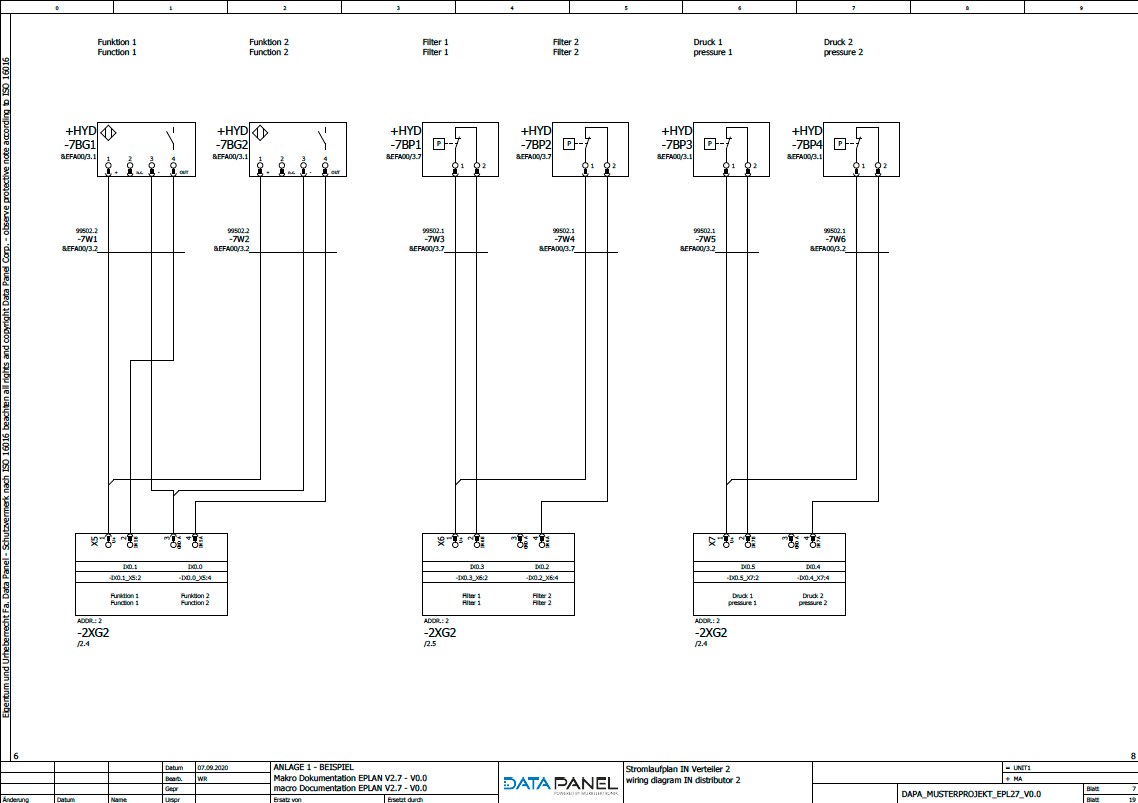
Products of expanded perlite on bituminous binderĬeramic porous stone Brauer 14.3 NF and 10.

Gas and foam concrete, gas and cellular concrete Vermiculite (in the form of bulk granules) Petroleum bitumens for construction and roofing Thermal conductivity and heat capacity of building materials MaterialĪsbestos-coated asbestos with 10-50% asbestosĬoncrete on gravel or crushed stone of natural stone Still, if they drink kilojoules generated by your furnace, they cause higher heating bills and have little impact on a comfortable temperature. DS-E3 is tightly integrated with the the E3.series user interface and delivers up-to-date, validated libraries, project data and parts list information to design and manufacturing professionals.
EPLAN KOSTEN FREE
If heat-absorbing materials absorb free heat, such as from the sun, it has a positive effect on home insulation. DS-E3 enables Zuken’s E3.series to manage electrical engineering project data in its native format. 55.00 user/month Based on Annual Commitment. 30.00 user/month Based on Annual Commitment. There is an opinion that the walls and floor of the house should be made of heat-intensive materials to get a comfortable indoor climate. MS Project Plan 1 MS Project Plan 3 MS Project Plan 5 10.00 user/month Based on Annual Commitment. Start working immediately: After installation, on the first start-up of Automation Builder you can choose from. We have also excluded slag-based materials from the table as possible carcinogens.Īlso, pay attention to the heat capacity of materials. Automation Builder is available in Basic, Standard and Premium editions meeting the needs of small projects and managing the challenges of many and large projects for OEM and system integrators. Some building materials can make the health of home occupants worse, such as glass wool, which because of the short length of the fibers, penetrates cracks and eventually ends up in the lungs, which can lead to asthma or lung cancer. Not all materials with low thermal conductivity can be used in home insulation. In the table, some materials with lower density have higher thermal conductivity and vice versa.


There is no linear relationship between thermal conductivity and density. Note the thermal conductivity of building materials in the table. A table of heat conductivity of building materials, their density, and specific heat capacity of materials in the dry state at atmospheric pressure and temperature of 20.50°С is given (if no other temperature is specified).


 0 kommentar(er)
0 kommentar(er)
